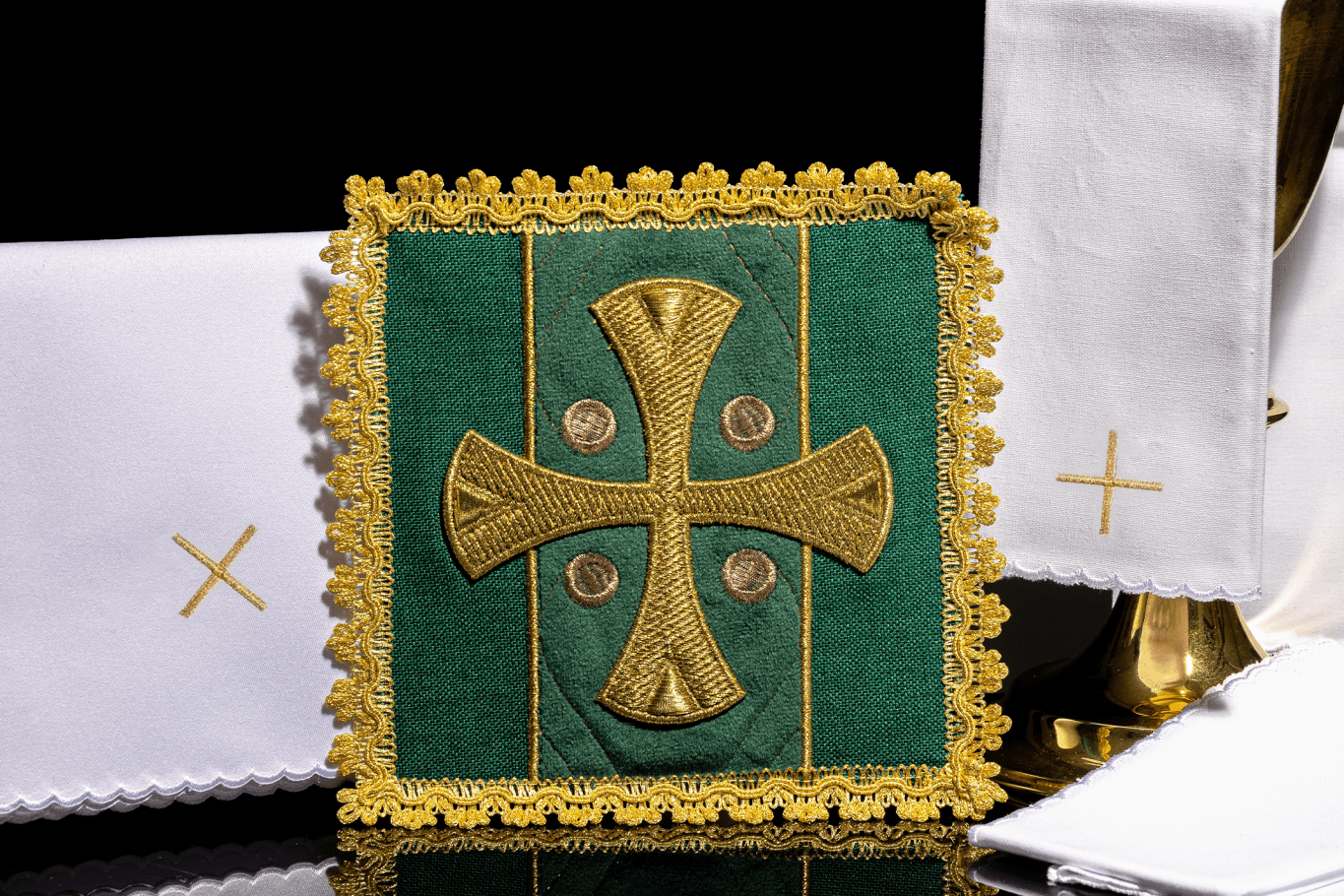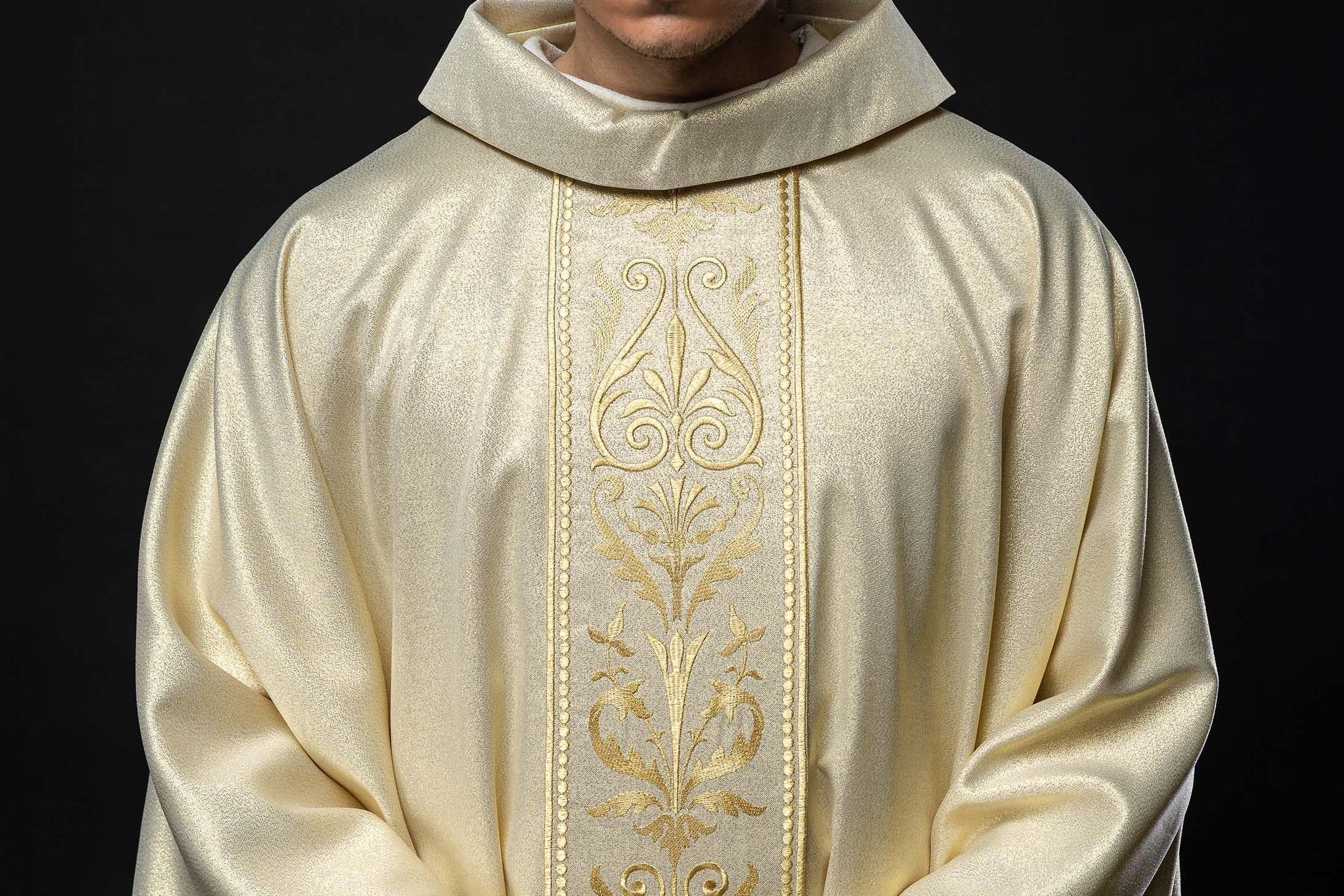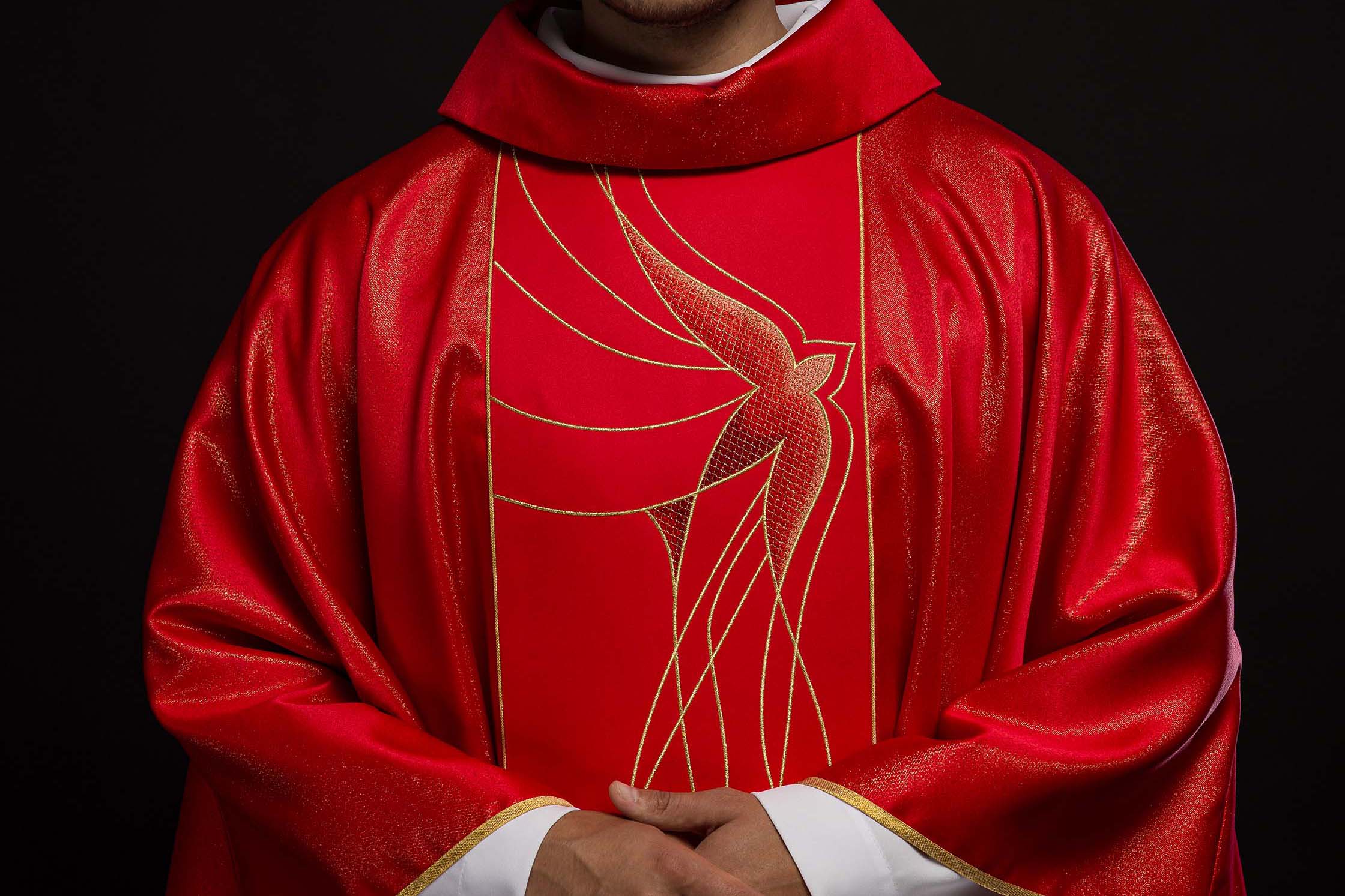
When are obligatory and optional memorials observed?
When are Mandatory and Optional Memorials? A Guide to the Liturgical Calendar
The liturgical calendar of the Catholic Church is an incredibly rich and organized system that sets the rhythm of the church year. One of its key elements are the memorials of saints and other figures important to the history of salvation. It is crucial to understand that not all memorials have the same rank. We distinguish between mandatory memorials and optional memorials. Knowing when they fall and how they differ allows for fuller participation in the liturgy and a deeper experience of faith.
What is a Memorial in the Liturgical Calendar?
A liturgical memorial is a day on which a person, event, or mystery of faith that does not have the rank of a feast or solemnity is specially honored. It is an element inscribed in the annual cycle of the Church, aimed at reminding us of the community of saints and of saving events. Each memorial has its own liturgical texts (missal and breviary), which reflect the character of the venerated person or event.
What are the Differences Between Mandatory and Optional Memorials?
The basic difference between mandatory and optional memorials lies in their rank and liturgical obligation. Church superiors establish these distinctions to give appropriate weight to particular celebrations.
1. Mandatory Memorials
Mandatory memorials, as the name suggests, are part of the liturgical calendar whose celebration is recommended or even mandated. They mark days on which the Church wishes to draw particular attention to a given saint or event. They are divided into two types:
Universal Mandatory
These are memorials that apply to the entire universal Church, regardless of its location. Their content is unified and inscribed in the universal calendar. Examples include memorials of the apostles, significant theologians, or historical figures crucial to the history of the Church. Their celebration is standard throughout the Church.
Particular Mandatory
These memorials apply only in a specific region, diocese, religious order, or community. They are associated with local cult and tradition. For example, in Poland, the memorials of figures such as St. Stanislaus, St. Andrew Bobola, or St. Faustina Kowalska are mandatory. The liturgical contents of these memorials are specially developed for the given community.
2. Optional Memorials
Optional memorials are days on which the faithful and priests have the freedom to choose whether they wish to celebrate the memorial on that day. They are not obligatory, and their celebration depends on the piety and intention of the specific community or person. These may be memorials of saints who have not achieved mandatory rank but whose cult is alive in local communities, or events of lesser scope. It is worth noting that in the event of an optional memorial and a mandatory feast, the feast is celebrated.
How are Memorial Dates Determined?
The dates of memorials in the liturgical calendar are closely related to the dates of death (dies natalis – day of birth for heaven) or other important events in the life of the saint. Here are some key principles:
Principle of the Anniversary of Death
Most liturgical memorials fall on the anniversary of the death of the saint. This is a traditional way of commemorating, as the day of death is treated as the birth for eternal life. For example, the memorial of St. John Paul II is celebrated on October 22, the day of his pontificate.
Fixed Liturgical Dates
Some memorials are associated with fixed dates in the liturgical calendar, such as holy days of obligation or other important solemnities. An example is the memorial of the Sacred Heart of Jesus, which falls on the Friday after the octave of Corpus Christi.
Moving Dates
In situations where a mandatory memorial or feast falls on a day on which a more important celebration is obligatory (e.g., Sunday, solemnity), the date of that less important day may be moved. According to the general liturgical regulations, feasts falling on Sunday are not moved, but the feast replaces the Sunday liturgy. However, liturgical memorials, even mandatory ones, are not celebrated on Sundays of Ordinary Time, and on Sundays of Advent, Lent, and Easter Time, they are commemorated in the Liturgy of the Hours.
Specificity of Particular Calendars
The dates of particular mandatory memorials are established within diocesan, religious, or national calendars and result from local traditions and history. For example, in Poland, the memorial of Our Lady of Częstochowa is celebrated on August 26.
Significance of Memorials in the Life of the Church
Memorials, both mandatory and optional, play an important role in the spiritual life of the faithful:
We Learn from the Saints
Each memorial is an opportunity to look at the life of a particular saint and draw inspiration from it. Their attitude of faith, dedication, and imitation of Christ are a model for us to follow. By learning their stories, we learn to live the Gospel in different eras and circumstances.
We Strengthen Bonds with the Community
Celebrating memorials strengthens the sense of belonging to the universal and local Church. Celebrating the liturgy together, singing hymns in honor of the saints, and participating in Holy Masses builds bonds among the faithful.
We Deepen Our Bond with God
Each liturgical memorial is an opportunity to deepen our relationship with God. The liturgical texts often contain calls to trust in God's mercy, to imitate the virtues of the saints, and to cultivate Marian devotion.
Prayer Through the Intercession of the Saints
Memorials are also an opportunity to pray for the intercession of the saints. We believe that the saints, who have already achieved glory in heaven, can intercede for us with God, helping us in our difficulties and needs.
Examples of Frequently Celebrated Memorials
There are many days in the liturgical calendar dedicated to commemorating saints and blessed. Here are a few examples:
Universal Mandatory Memorials:
- Saints Simon and Jude, Apostles (October 28)
- St. Elizabeth of Hungary (November 17)
- St. Cecilia, Virgin (November 22)
- St. Nicholas, Bishop (December 6)
- St. Stephen, the First Martyr (December 26)
- Holy Innocents, Martyrs (December 28)
- St. Sylvester I, Pope (December 31)
- St. John Bosco, Priest (January 31)
- St. Agatha, Virgin and Martyr (February 5)
- St. Matthew, Apostle and Evangelist (September 21)
Particular Mandatory Memorials (in Poland):
- St. Stanislaus, Bishop and Martyr (May 8)
- St. Andrew Bobola, Priest and Martyr (May 16)
- St. Jadwiga, Queen (June 8)
- St. Anthony of Padua, Priest (June 13)
- St. Albert Chmielowski, Religious (June 17)
- St. Benedict, Abbot (July 11)
- St. Hyacinth, Priest (August 17)
- St. Teresa of Calcutta, Virgin (September 5)
- St. Faustina Kowalska, Virgin (October 5)
- St. John Paul II, Pope (October 22)
Optional Memorials (examples):
- St. Roch (August 16)
- St. Therese of the Child Jesus, Virgin and Doctor of the Church (October 1)
- St. Teresa of Ávila, Virgin and Doctor of the Church (October 15)
- St. John Paul II, Pope (October 22) - in some calendars it has the rank of an optional memorial, and in Poland, mandatory.
Remember that the above list is only an example, and the liturgical calendar is dynamic and contains many other memorials. Accurate dates and ranks of memorials can be found in the current liturgical calendar available in parishes or on diocesan websites.
Summary
Distinguishing between mandatory and optional memorials is crucial to understanding the hierarchy of days in the liturgical calendar. Mandatory memorials, both universal and particular, indicate special days on which the Church wishes to honor its heroes of faith. Optional memorials leave more freedom in their celebration. Knowing the rules for determining dates and the meaning of these days allows for deeper engagement in the liturgical life and spiritual richness of the Church. If you are looking for high-quality liturgical vestments that will emphasize the solemnity of every Mass, we invite you to familiarize yourself with the offer of HAFTINA TEXTILE GROUP SP. Z O. O. at haftinausa.com, where you will find a wide selection of chasubles, stoles, and other accessories.
```




